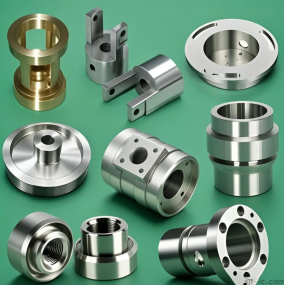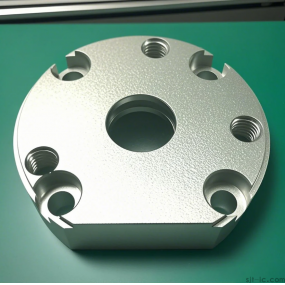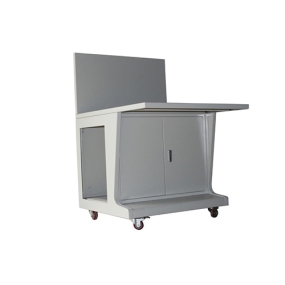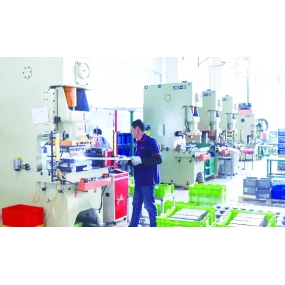1. Component fixation: Ensure that the workpiece remains firmly fixed during the machining process to prevent movement or sensation. Use appropriate fixtures and fixture systems to ensure the stability and accuracy of the workpiece.
2. Tool selection: Select suitable tools based on processing requirements. Five axis machining requires consideration of factors such as tool length, rigidity, and geometric shape. Ensure that the tool can effectively cut the workpiece from various viewpoints.
3. Processing path planning: Reasonably plan the processing path to minimize the distance and time of tool movement during the processing. Optimizing processing methods can improve processing power and accuracy.
4. Collision detection: It is very important to conduct collision detection before performing five axis machining. Use professional software or systems to simulate the machining process and detect potential collision situations. This can prevent the tool from colliding with the workpiece or fixture, protecting the safety of the equipment and workpiece.
5. Processing parameter settings: Based on the type of data, cutting tools, and processing requirements, correctly set processing parameters such as cutting speed, feed rate, and cutting depth. Reasonable parameter settings can improve processing quality and power.
6. Timing protection: It is very important to maintain the good condition of the five axis CNC machine tool. Regularly protect the machine tool, including smoothing, cleaning, and checking the wear of each component. This can ensure the stability and accuracy of the machine tool.


 Spanish
Spanish Arabic
Arabic French
French Portuguese
Portuguese Belarusian
Belarusian Japanese
Japanese Russian
Russian Malay
Malay Icelandic
Icelandic Bulgarian
Bulgarian Azerbaijani
Azerbaijani Estonian
Estonian Irish
Irish Polish
Polish Persian
Persian Boolean
Boolean Danish
Danish German
German Filipino
Filipino Finnish
Finnish Korean
Korean Dutch
Dutch Galician
Galician Catalan
Catalan Czech
Czech Croatian
Croatian Latin
Latin Latvian
Latvian Romanian
Romanian Maltese
Maltese Macedonian
Macedonian Norwegian
Norwegian Swedish
Swedish Serbian
Serbian Slovak
Slovak Slovenian
Slovenian Swahili
Swahili Thai
Thai Turkish
Turkish Welsh
Welsh Urdu
Urdu Ukrainian
Ukrainian Greek
Greek Hungarian
Hungarian Italian
Italian Yiddish
Yiddish Indonesian
Indonesian Vietnamese
Vietnamese Haitian Creole
Haitian Creole Spanish Basque
Spanish Basque











